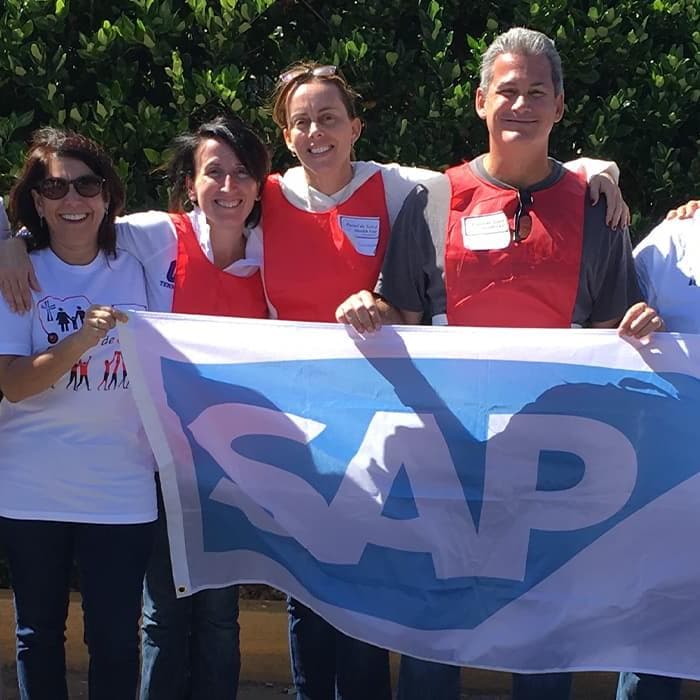How to Help Break Down Roadblocks for Latino Colleagues
In my career I have had many personal goals, ranging from advancement targets to work-life balance desires. However, above all else, is my goal to create a more equitable and inclusive workforce. Having reached a point in my career where I am able to facilitate and implement hiring process decisions, this goal is no longer a desire, but rather, a necessity. As the executive sponsor of the Latinos@SAP Employee Network Group I find it especially relevant to discuss the impact an exclusive workplace has on the Latino community.
First and foremost, we must discuss the idea around intersectionality. This concept is defined as, “the interconnected nature of social categorizations such as race, class, and gender as they apply to a given individual or group.” In other words, intersectionality is the crossover between pieces of an individual's identity. An example of this can be seen in a Latina, where she identifies as both a woman and a person of color. Intersectionality helps us to better understand how certain members of a stigmatized population may be disproportionately affected by uniform acceptance of majority culture. A study done by the Network of Executive Women (NEW), titled, “Latinas in Corporate America,” looks specifically at the impact on Latinas. The study identified two main issues contributing to the lack of advancement for Latinas: lack of an inclusive culture and lack of sponsorship.
According to the study, 76% of Latinas surveyed reported having repressed parts of their personas at work. An example of this can be found in the idea that many Latinos come from what is called a collectivist culture, where common goals supersede individual ones. Often, this drive to accomplish the common goal can be mistaken for a lack of hunger or interest in their work. Time and again, this incorrect translation of cultural norms leads to a well-qualified Latina candidate being overlooked for a position that is otherwise an excellent fit. What this ultimately tells us is that a “one-size-fits-all” approach to recruiting and retaining people of color in the workplace is not an effective method. Just as uniform performance standards disproportionately affect the Latina community, many other workplace processes and procedures unknowingly set up individuals with intersectional minority identities to fail.
What does all this mean? It means that there is a need for companies and individuals to make systemic change. People of color face obstacles to everyday activities that many of us are blind to, despite our efforts to educate ourselves. It is important to acknowledge all the intersectional challenges that come with being a Latina. Furthermore, it is vital that we don't succumb to the idea that those are the only challenges Latina women can face. If you are a woman of color who is a part of the LGBTQ+ community, you may experience additional roadblocks to success. The same goes for a Latina member of certain religious organizations, or any other stigmatized community. As such, we must strive to better understand, and then break down roadblocks our colleagues face. I have outlined some actions we can take to support people of color in the workplace based on feedback I have received from Latinos@SAP and my personal experiences.
- Increase diversity in the talent pipeline to improve representation of different cultures.
- Consistently recalibrate your evaluation processes and expectations of employees to avoid a blanket application of a dominant culture’s practices.
- Educate yourself on the cultural norms of those you encounter.
- Take note of and avoid pigeonholing Latino individuals into positions focused solely on Hispanic markets.
- Become a sponsor, not just a mentor, to Latino individuals.
Creating an inclusive environment for our employees of varying cultures is essential. Every culture brings with it unique and valuable perspectives and thus helps your business to thrive. Encouraging your employees to be their most authentic selves is not simply the right thing to do, it is the smart thing to do.
